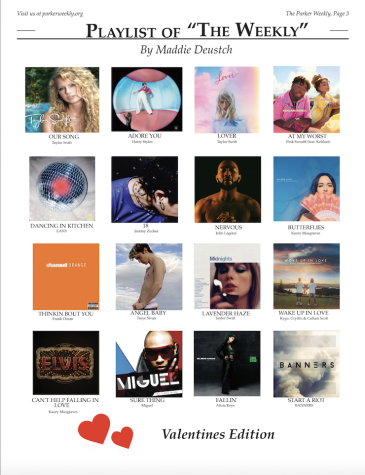“Whistler’s Mother” Returns to Chicago
Musings in Grey and Black
After 60 years, Whistler’s “Arrangement in Grey and Black No.1” (1871), lovingly referred to as “Whistler’s Mother,” has returned to the Art Institute of Chicago.
“Whistler’s Mother” is perhaps the single most famous American painting, and held in a similar light to the “Mona Lisa” or “A Girl with Pearl Earrings.” Anna Matilda McNeill Whistler (Whistler’s mother) was the painter’s subject, his muse. Presented by means of cubism–largely recognized in Picasso’s work–the muse (the female form combines the recognizable and the abstract to depict most simply the essence of beauty.
Going back further in history, the muse is blurred, obscured, and colorful in the hands of the impressionists. The muse has been reimagined by artists ever since the ancient Greeks first painted women representative of the arts on red and black pottery. The muse, an emblem of sex, beauty, allure, art, nature, poetry, and music, here portrayed as a mother, causes passersby to pause.
At the Art Institute, the gallery space opens up onto “Whistler’s Mother.” The room–filled with interpretations: stamps, primary sketches, and pop-culture nods–feels dark. Perhaps the famous grey markings so honed by Whistler begin to invade the consciousness of all who stop, stand, and stare a little while until the question occurs: Why portray any mother this way?
She is not noticeably loving as she sits rigidly to the right of the frame, staring off at what seems to be nothing. She is clothed in all black, the only accents of white at her collar, her bonnet, and the hanky she is gripping between both hands. In this attire and posture, the viewer asks if she might be mourning, but mourning what? If not for the gilded frame that reads, “Whistler’s Mother,” there would be nothing in the painting that would suggest that she is a maternal figure. She is far too old at this stage to bare children–or even to have children still in the house. Yet she has become the quintessential muse as “mother.”
The longer visitors stare at the painting, the more questions arise from its remarkable simplicity. Perhaps it is this simplicity, the grey scale tones and the matching title “Arrangement in Grey and Black No.1,” that have caused onlookers over the past century to begin to see the subtle complexity of its incredible brush strokes, the striking placement of Whistler’s mother on the canvas that makes this composition exemplary, the slight angle of the perspective that hints at Whistler looking up at his mother as he painted–and then the overriding significance of what it means to depict a mother in this way.
Home in Chicago for this special exhibition for the first time since the World’s Fair, “Whistler’s Mother”–on display until May 21–is a must-see.




